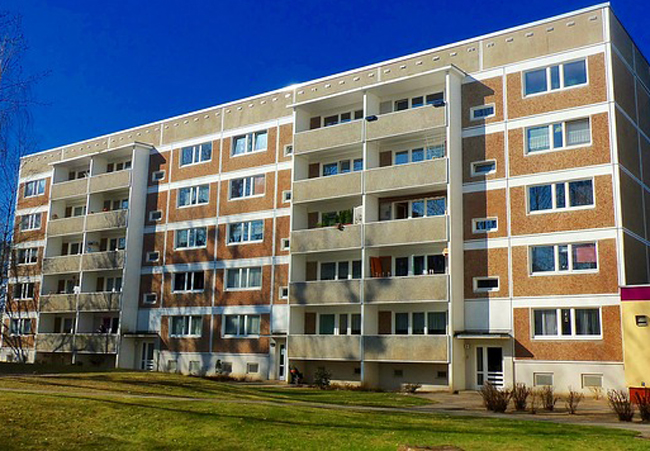The Fire Safety Act 2021: What Landlords Need to Know
Published on May 31, 2022 by Sarah Mac

The Fire Safety Act 2021 came into force on 16 May 2022. It was passed to amend the Regulatory Reform (Fire Safety) Order 2005.
The Fire Safety Order was originally designed to apply to workplaces, which led to a lack of clarity over how it applied to residential buildings.
The new Fire Safety Act resolves this by making it clear that where a building contains two or more sets of domestic premises, the areas to which the Fire Safety Order applies now includes the building’s structure and external walls (including doors, windows and anything attached to the exterior of those walls, such as balconies, cladding, insulation and fixings) and any common parts, plus all doors between domestic premises and common parts, such as flat entrance doors.
All of these areas now need to be added to any fire risk assessment carried out by landlords or their agents, who will be considered the ‘responsible person’.
What else does the Fire Safety Act 2021 clarify or change?
The Act clarifies who is accountable for controlling fire risks, which is the ‘responsible person’. This means that for rental properties, landlords or their agents in the capacity of the responsible person will now be held personally responsible for any fire safety breaches, and may be prosecuted.
The Act also states that the responsible person has a duty to undertake a risk assessment, and then to take steps to mitigate any risks identified. The Act requires the responsible person to assess, reduce and manage the fire risks associated with the structure of the building.
The Fire Service may now, under the Act, take enforcement action against responsible persons who fail to comply with the requirements of the Act. Various offences have now been clarified. For example, it is an offence for a responsible person, or other duty holder, to fail to comply with the requirements under the Fire Safety Order.
Also, the responsible person must now follow guidance and adequately fulfil their duties under the Fire Safety Act. This includes sharing information with the local fire and rescue service in respect of the external structure of the building; carrying out a yearly inspection of individual flat entrance doors; inspecting lifts on a monthly basis and reporting any faults to the local fire and rescue service, and sharing evacuation and fire safety instructions with building residents.
Who can assess the fire risk of a building?
The assessment should be undertaken by a ‘competent professional’, with new guidance available to help landlords and agents choose an appropriate assessor.
Because demand for such assessors will be high as so many landlords update their processes, the government has released a Fire Risk Assessment Prioritisation Tool to help landlords work out which of their buildings to focus on first.
How will the Fire Safety Act 2021 be enforced?
The responsible landlord or agent may need to share evidence with enforcing authorities, demonstrating that they’ve considered the new requirements under the Fire Safety Act, and how it affects their existing fire risk assessment.
If the enforcing authorities discover that a responsible person has failed to comply with the Fire Safety Order (as amended), it may choose to either provide advice on action to be taken, or serve an enforcement notice with a realistic timescale for the relevant actions to be taken.
What does all of this mean for landlords and agents?
The changes brought in by the Act will see landlords of properties with two or more sets of domestic premises become more engaged with fire safety due to having to create a more in-depth fire risk assessment, and because they’ll be personally responsible for the structure and exterior of the property as well as the interior, which falls in line with their duties under Section 11 of the Landlord and Tenant Act 1985.
As the responsible person, landlords and agents need to ensure their fire risk assessments are updated to take the new components into account, and regularly review the assessment.
The responsible person must also ensure the ‘removal or reduction of fire hazards’ and implement ‘reasonable measures’ to make sure residents and visitors to the building are safe, including for the building parts now highlighted in the Act.

